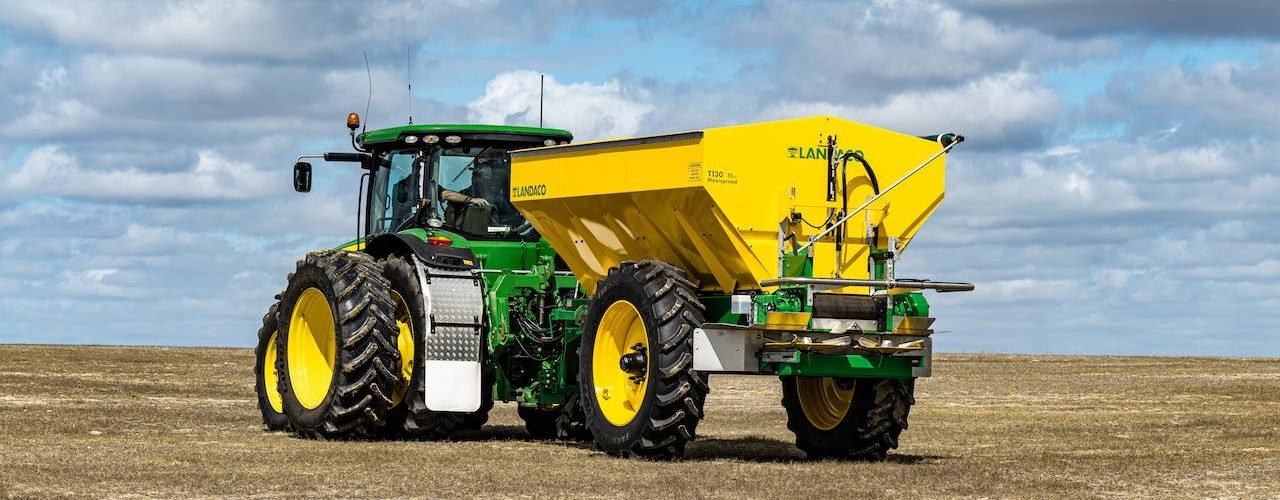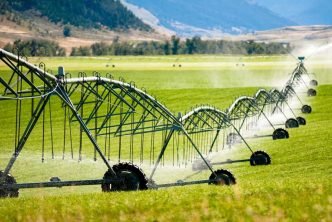With an ongoing need to feed the growing global population, there is a necessity for improved and new technology that can help meet agricultural demands. Recent technological advances in agriculture are reshaping the way we cultivate, harvest, and manage crops. From precision farming to autonomous machinery, the agricultural landscape is embracing innovation to increase efficiency, sustainability, and yields.
This article takes a look into the groundbreaking technologies that are shaping the future of farming.
Table of Contents
Precision farming: nurturing crops with pinpoint accuracy
Precision farming has emerged as a game-changer in agriculture, enabling farmers to optimize their resources and minimize environmental impact. By leveraging technologies such as GPS, sensors, and data analytics, farmers can precisely tailor their approach to each square meter of their fields.
One of the standout innovations is the implementation of GPS technology in tractors and other farm machinery. Farmers can now deploy GPS-guided tractors that navigate fields with unprecedented accuracy. This not only reduces overlap in planting and harvesting but also minimizes soil compaction, promoting healthier crops.
Drones offer an aerial version of GPS technology, offering a bird’s-eye view of agricultural fields. Equipped with advanced imaging technology, drones can monitor crop health, detect pest infestations, and assess the effectiveness of irrigation. This aerial perspective allows farmers to make data-driven decisions, optimizing resource allocation and crop management.
Capacitive soil sensors are a key addition to detect materials like grains and feed. Atex approved sensors, specifically, are built with the European Union initiative in mind, where safety takes precedence in the agricultural industry. Capacitive sensors provide farmers with real-time data crucial for informed decision-making which can save both time and money in the long run.
Autonomous machinery: automated field work
The rise of autonomous machinery is also transforming traditional farming practices. From robotic planters to automated harvesters, these machines are not just a labor-saving innovation; they represent a shift toward a more sustainable and efficient agriculture sector.
For example, autonomous planters equipped with artificial intelligence (AI) are changing the way seeds are sown. These robots can navigate fields, adjusting their planting patterns based on soil conditions and optimizing seed placement for maximum yield. With the ability to work around the clock, these tireless planters enhance efficiency during critical planting seasons.
Autonomous harvesting robots are also making their mark in orchards and fields, redefining the harvesting process. These robots use advanced computer vision and machine learning algorithms to identify ripe fruits or grains, ensuring a selective and efficient harvest. With their ability to work continuously, these machines not only address labor shortages but also reduce post-harvest losses.
Harmful tech: navigating the risks
As with any technological advancement, the integration of high-tech solutions in agriculture comes with its own set of challenges. One significant concern is the potential environmental impact of increased technology use, including electronic waste and energy consumption associated with sensor networks and machinery.
The widespread adoption of technology in agriculture raises questions about its environmental footprint. The production, deployment, and eventual disposal of high-tech farming equipment contribute to electronic waste, posing challenges for sustainable practices. Striking a balance between technological progress and environmental stewardship is essential to ensure a sustainable future for agriculture.
Cybersecurity risks
The interconnected nature of smart farming systems introduces new cybersecurity challenges. As farmers rely on data-driven decision-making and cloud-based platforms, safeguarding sensitive information becomes paramount. The agricultural sector must prioritize robust cybersecurity measures to protect against data breaches and unauthorized access.
The technological renaissance in agriculture shows no signs of slowing down. Future developments may include advancements in gene editing for crop improvement, the integration of blockchain technology for transparent supply chains, and the continued evolution of AI-driven decision support systems.
Gene-editing
Then there are gene editing technologies such as CRISPR-Cas9, which hold the promise of revolutionizing crop breeding. Scientists can precisely modify genes to enhance desirable traits, such as disease resistance and yield. The potential to develop crops with improved nutritional content and resilience to environmental challenges opens up new frontiers in sustainable agriculture
The evolution of AI-driven decision support systems will continue to empower farmers with insights and recommendations. These systems analyze vast amounts of data, including weather patterns, soil health, and market trends, to provide farmers with actionable insights. By harnessing the power of AI, farmers can optimize their operations and make informed decisions for sustainable and profitable agriculture.
The recent technological advances in agriculture are ushering in a new era of efficiency, sustainability, and innovation. From precision farming to autonomous machinery, these advancements are reshaping traditional practices and paving the way for a more resilient and adaptive agriculture sector. As we navigate the complexities of integrating technology into farming, it’s crucial to strike a balance that ensures progress while preserving the environment and promoting sustainable practices.




